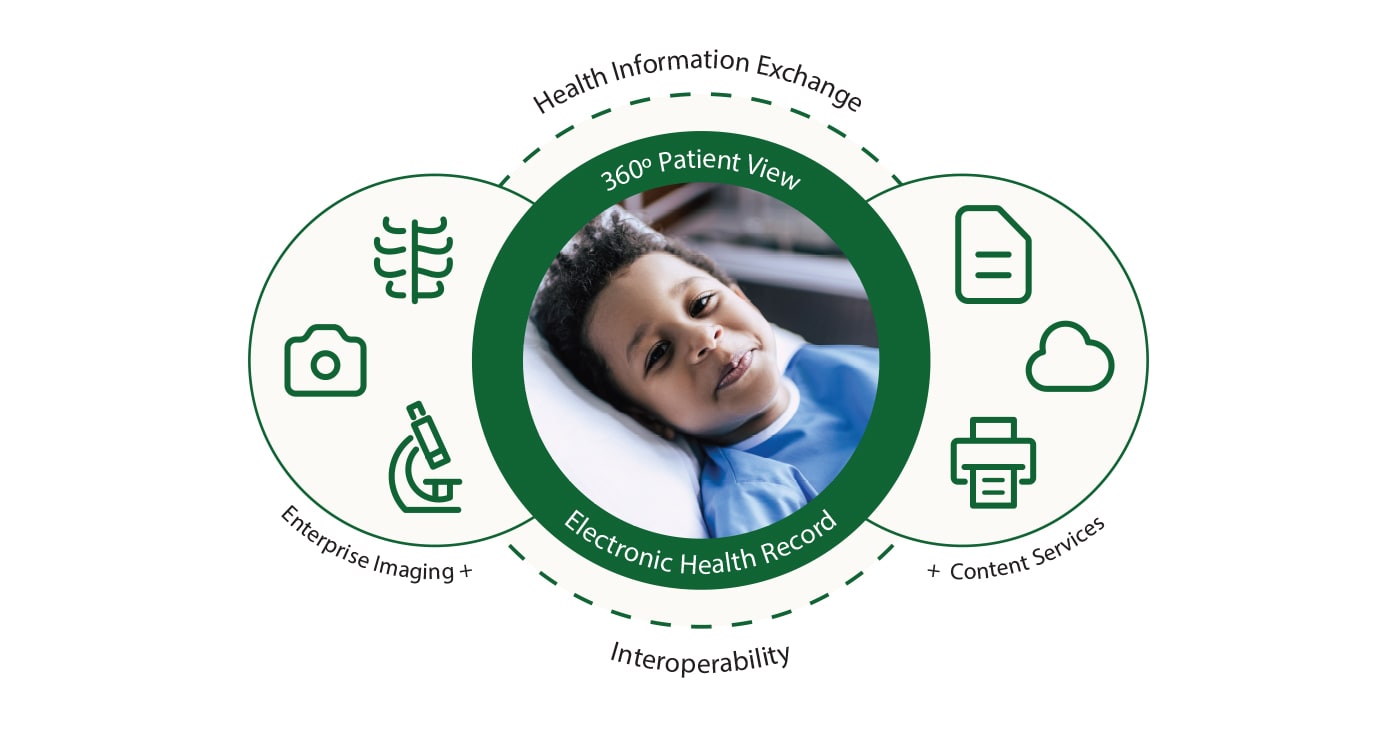Healthcare RCM Services for Effective Earnings Cycle Administration
Healthcare RCM Services for Effective Earnings Cycle Administration
Blog Article
A Comprehensive Overview on Just How Healthcare RCM Functions to Simplify Invoicing and Collections
Navigating the intricacies of health care income cycle monitoring (RCM) is important for companies aiming to improve their billing and collections procedures. The overview unpacks the complexities of RCM, from client registration to accounts receivable monitoring, supplying insights into optimizing each action.
Understanding Earnings Cycle Management
RCM is a vital administrative function that includes the entire monetary process of individual treatment, from the initial appointment establishing to the final payment of the equilibrium. It is an intricate procedure designed to identify, gather, and handle the revenue from the services supplied to clients.
The RCM procedure begins when an individual routines a visit and expands with the client's care journey, consisting of payment and collections. A key purpose is to reduce the time in between supplying a service and obtaining payment, therefore enhancing the company's monetary wellness. RCM includes various features such as client enrollment, insurance policy verification, charge capture, coding, claims entry, repayment uploading, and managing denials and charms.
Secret Parts of RCM
In the world of Earnings Cycle Monitoring (RCM), understanding its essential components is essential to attaining economic performance within healthcare companies. RCM is a comprehensive process that incorporates numerous stages, each vital to ensuring efficient billing and collections. The primary parts include patient registration, insurance policy confirmation, charge capture, coding, claim submission, repayment publishing, and balance due administration.


When coded, claims are submitted to payers, where precision is critical to stay clear of delays or beings rejected - Healthcare RCM. Payment posting involves taping the obtained payments, which enables for the reconciliation of accounts. Lastly, receivables management concentrates on tracking and addressing unsettled cases, making certain prompt follow-up and resolution
Each component of RCM is adjoined, and inefficiencies in any component can disrupt the whole cycle. For that reason, understanding these elements is necessary for doctor to maximize income and enhance their financial health and wellness.
Strategies for Efficient Invoicing

Standardizing payment procedures across the company is an additional vital method. Developing clear standards for paperwork, coding, and submission assists maintain consistency and conformity with governing demands. Training staff frequently on these procedures ensures every person is up-to-date with the most recent modifications in billing codes and go to the website payer plans.
Exact charge capture is crucial i thought about this in protecting against profits leakage. Implementing regular audits and tracking systems enables for the identification and correction of discrepancies before they influence profits. Furthermore, maintaining open lines of communication with payers helps to swiftly deal with any disputes or misconceptions that might arise.

Last but not least, engaging patients early in the billing process by providing clear price quotes and academic products concerning their financial obligations can substantially minimize complication and boost payment timeliness. These methods collectively contribute to a much more efficient and monetarily healthy payment system.
Enhancing Collections Procedures
Offered the intricacies of medical invoicing and the selection of payer demands, improving the collections process involves executing calculated procedures that make sure precise and timely payment of services made. Automation tools can aid in tracking claim statuses, sending out timely pointers to individuals, and handling denials extra successfully.
Training personnel to understand the nuances of insurance plan and payment codes is similarly important. This knowledge equips them to address payment discrepancies swiftly and interact efficiently with individuals regarding their financial obligations. In addition, transparent and clear patient interactions are essential. Offering comprehensive explanations of charges and using flexible layaway plan can increase individual fulfillment and timely repayments.
Routine audits of the collections process need to be carried out to recognize areas for renovation and ensure compliance with policies. By analyzing data, healthcare organizations can recognize patterns, prepare for potential problems, and adapt approaches appropriately (Healthcare RCM). Eventually, a well-enhanced collections procedure not only supports financial wellness yet additionally contributes to a much more seamless experience for clients and team alike
Optimizing Revenue Streams
Structure upon the foundation of a strong collections process, healthcare organizations can further bolster their financial security by strategically enhancing revenue streams. This includes a multi-faceted strategy, beginning with a detailed evaluation of existing profits resources to determine inadequacies and locations for development. Using sophisticated information analytics devices makes it possible for organizations to obtain understandings into payer mix, client my company demographics, and solution utilization patterns, permitting data-driven choices that improve profits capture.
Executing automated billing systems can substantially lower errors and expedite cases processing, ensuring that income is gathered a lot more efficiently. In addition, optimizing payer agreements with normal arrangements can boost repayment prices and terms, directly influencing the lower line. Expanding service offerings, such as incorporating telehealth or health care, can also bring in a more comprehensive individual base, therefore enhancing profits capacity.
An additional essential part is enhancing client interaction and complete satisfaction, as pleased individuals are more probable to stick to therapy strategies and make prompt settlements. Providing versatile settlement options and transparent billing techniques can enhance collections and foster patient loyalty. Healthcare RCM. By taking on these strategies, health care organizations can develop a more resistant economic framework, guaranteeing continual growth and security in an ever-changing sector landscape
Conclusion
In final thought, healthcare Earnings Cycle Administration (RCM) plays a critical role in enhancing billing and collections procedures by incorporating key components such as individual registration, insurance verification, charge capture, coding, declares submission, and balance due management. By employing innovative innovation, systematizing treatments, and promoting patient involvement, doctor can considerably lower case rejections, increase settlement cycles, and improve capital. This detailed method to RCM eventually results in boosted financial performance and sustainability for healthcare companies.
The RCM process starts when a person routines an appointment and expands via the patient's care journey, consisting of billing and collections.Another important element is enhancing client engagement and satisfaction, as pleased clients are more likely to adhere to therapy strategies and make prompt settlements. Supplying flexible repayment options and transparent invoicing methods can enhance collections and foster person loyalty.In verdict, medical care Profits Cycle Administration (RCM) plays a crucial role in optimizing billing and collections procedures by integrating essential components such as person enrollment, insurance coverage confirmation, charge capture, coding, claims submission, and accounts receivable management. By utilizing innovative technology, standardizing procedures, and fostering client interaction, health care carriers can substantially decrease case rejections, accelerate repayment cycles, and improve money circulation.
Report this page